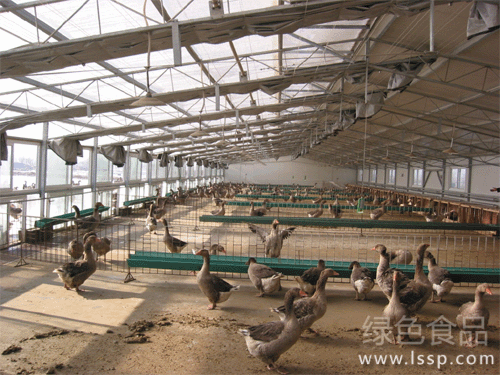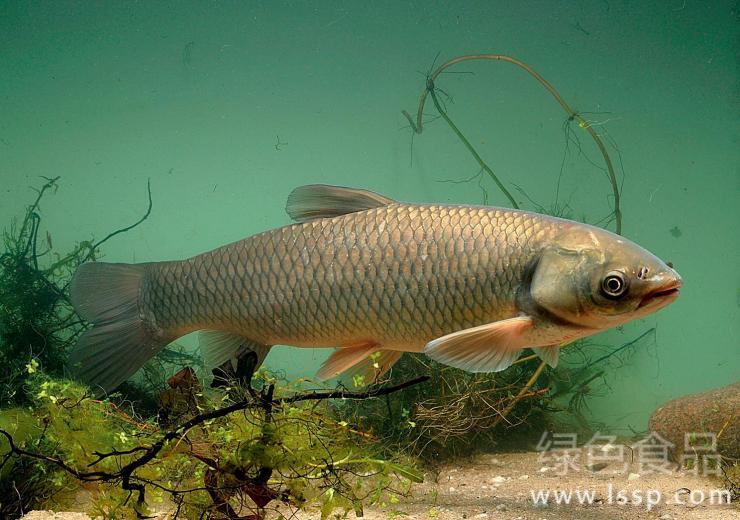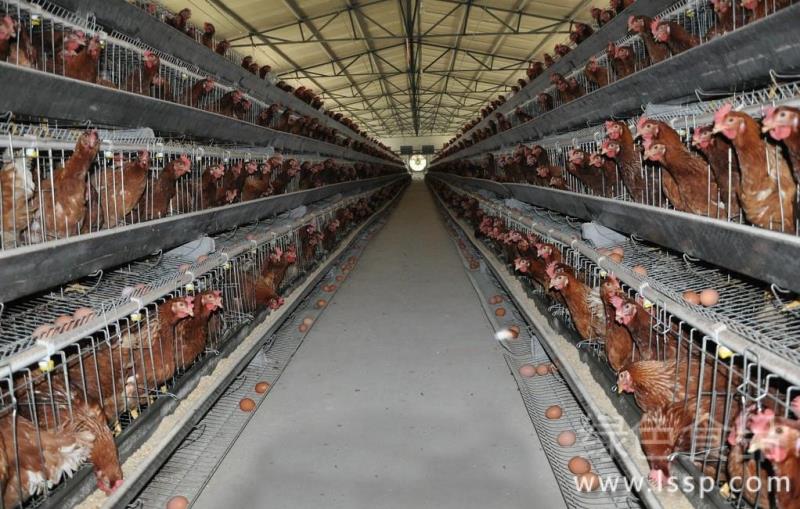How to feed captive geese economically and economically
According to the law of growth and development of geese, the bones of meat geese grow and develop fastest at the age of 2-6 weeks and muscles at the age of 4-9 weeks. Good feeding and management at this stage is the key to ensure the benefit of meat geese. Choosing enclosure to raise fat geese is both economical and economical. Captive geese are usually fed in the following four ways:

Captive breeding of geese
Raising geese with straw pulp: all kinds of green fodder collected, such as water hyacinth, water water lotus, locust leaves and weeds, are mixed and beaten, and then mixed with powder to form cow dung. They are fed six meals a day and the last meal at 10:00 in the evening. The selected green feed should avoid being mixed with poisonous plants such as sorghum seedlings, oleander leaves and neem leaves.
Dry mix with powder feeding method: chop up green fodder such as radish cherry, fresh elephant grass, carrots, pumpkins and vines, mix with powder, feed 6 meals a day, and feed one meal in the evening.
Pellet feed, green feed feeding method: put the pellet on the bucket, put the green feed on the wooden frame, board, basin or water surface, let the goose feed freely, generally each goose is fed 2-4 kg a day. This method is mainly suitable for farmers with a large number of palatable green fodder, such as a large number of old leaves and by-products such as radish cherry in vegetable producing areas, as well as green fodder such as ryegrass and elephant grass planted in winter fallow fields or hillside fields.
Grass powder full-price pellet feeding method: alfalfa, pine needles, Robinia pseudoacacia leaves, peanut vines and other sun-dried or dried, made into turquoise powder, bean cake, corn and other preparation of full-price pellet feed. The prepared feed plate is fed with 4 meals a day, or it can be fed all day by using an automatic trough or bucket. When feeding in this way, there must be an adequate supply of clean drinking water. This method is beneficial to large-scale and intensive goose breeding.
- Prev

Prevention and treatment of grass carp enteritis caused by enteritis
Prevention and treatment of grass carp enteritis caused by enteritis
- Next

The damage of eggs affects the benefit of laying hens how to reduce the damage rate of eggs
The damage of eggs affects the benefit of laying hens how to reduce the damage rate of eggs
Related
- On the eggshell is a badge full of pride. British Poultry Egg Market and Consumer observation
- British study: 72% of Britons are willing to buy native eggs raised by insects
- Guidelines for friendly egg production revised the increase of space in chicken sheds can not be forced to change feathers and lay eggs.
- Risk of delay in customs clearance Australia suspends lobster exports to China
- Pig semen-the Vector of virus Transmission (4)
- Pig semen-the Vector of virus Transmission (3)
- Five common causes of difficult control of classical swine fever in clinic and their countermeasures
- Foot-and-mouth disease is the most effective way to prevent it!
- PED is the number one killer of piglets and has to be guarded against in autumn and winter.
- What is "yellow fat pig"? Have you ever heard the pig collector talk about "yellow fat pig"?

